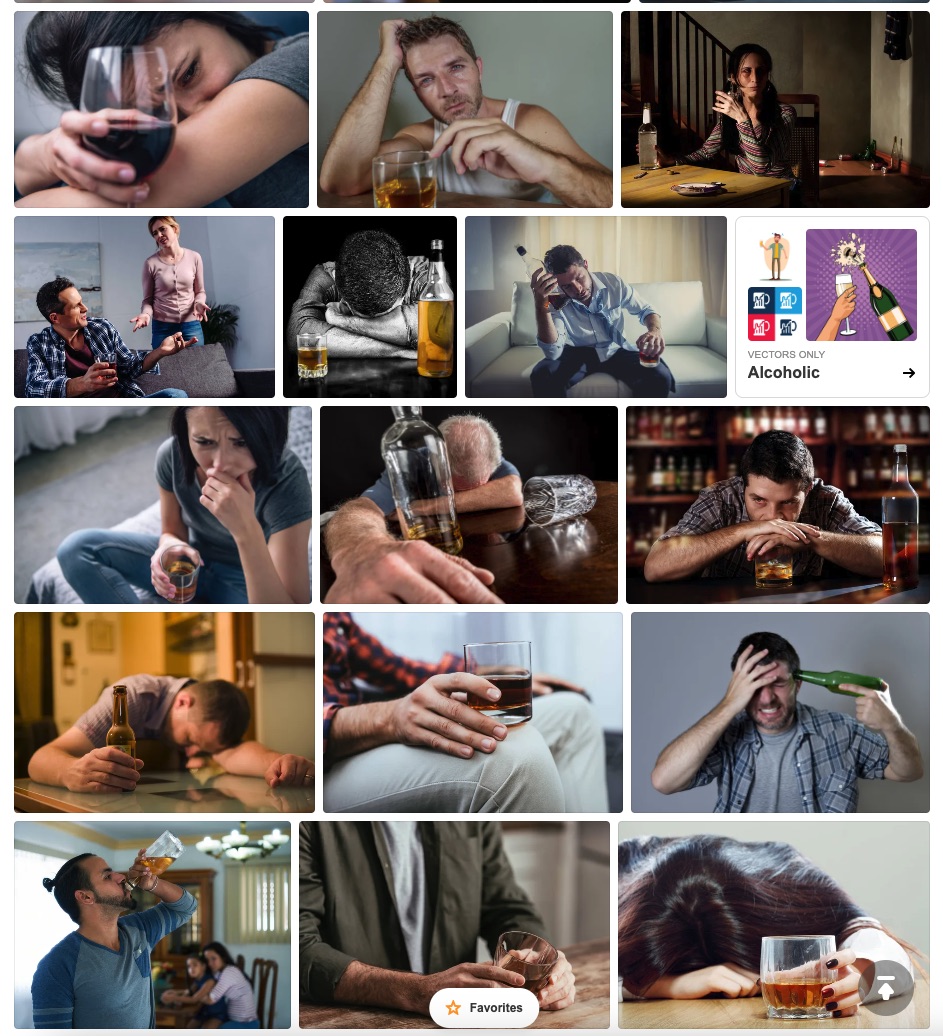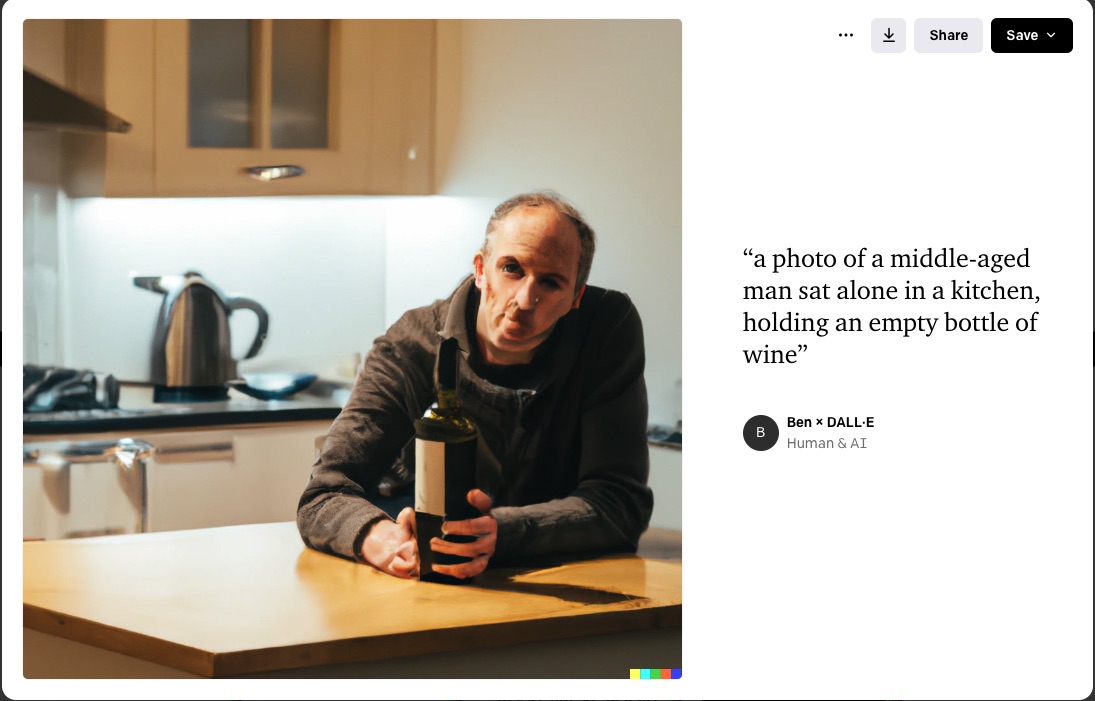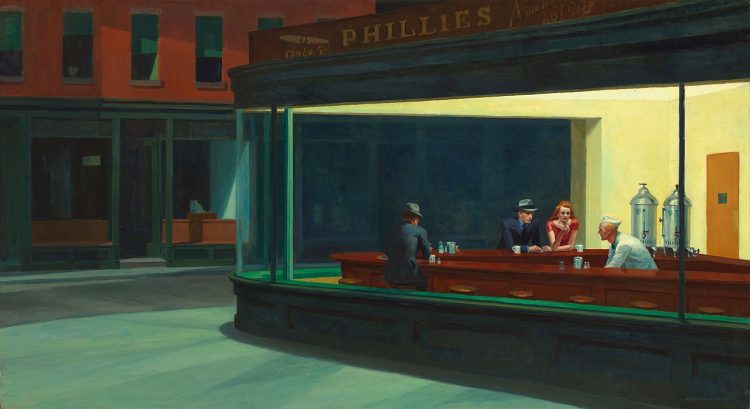Artificial Intelligence (AI) is the big thing these days. According to some experts it’s coming for our jobs, and possibly leading to a Skynet style threat to our very existence. But it also has some great possibilities and it seems like it’s a tool we should all learn to understand and use.
ChatGPT is the most famous AI tool at the moment, but the power of AI isn’t just limited to generative chat programs. Image generation tools are increasingly popular and are improving at remarkable speed.
Why would you want to use AI generated images on your charity website?
Many charities don’t need to because they have access to a great collection of their own images/photos. But there are lots of charity niches that have an image problem! The problem is that:
- Privacy/confidentiality/child protection reasons mean that you can’t use photos of your beneficiaries.
- Stock photos aren’t suitable either. They tend to be very cheesy and pander to stereotypes. (Most of the people are American as they have perfect teeth, and every doctor in it has a stethoscope around their neck.)
So if you want to use imagery to add visual interest to your website then you don’t have many options. A newer one that you might want to consider is using one of the popular AI image generation tools like Midjourney or DALL-E.
Let’s take alcohol misuse as an example because we’ve worked on a few website designs recently for charities in that sector.
Depicting alcohol issues
If I open up a stock image library and look for keywords like ‘alcohol abuse’ then I get pages and pages of images like this

Most of those are positively unhelpful as they just reinforce the stereotype that people who have a problematic relationship with alcohol are drunks, winos or domestic abusers.
Similarly if you look for homeless people you tend to get photos of older men sleeping on a park bench – the stereotypical American ‘tramp’ or ‘hobo’.
Alcohol problems and homelessness are often ‘hidden’ problems – the people affected are often living seemingly stable and ‘normal’ lives – so you could perhaps use a stock image of a regular person without the context of alcohol/homelessness. That is a better way to go, but good luck trawling through the stock image libraries to find a ‘regular looking person’! Most of the people are clearly models and you have to specifically search for something like ‘plain looking woman’. Honestly, trawling through those sites and seeing the keywords they use is a soul-destroying task.
But maybe you can find a stock photo that has the right kind of vibe and the right demographic but the person or the pose isn’t at all suitable.

Maybe one like this: It is alcohol-related so the photo is tied to the subject matter, but the pained expression and dishevelled look isn’t right. Perhaps we can describe that picture to an AI generator and see what it comes up with.
Using AI to generate our own images
DALL-E
Although this starter image probably isn’t great, I’m just using it as an example of how you might go about generating something similar. So let’s open up DALL-E first and type in the prompt ‘a photo of a middle-aged man sat alone in a kitchen, holding an empty bottle of wine‘

No great, but that first one is probably the most usable:

The face doesn’t look right, and the hands/fingers are deformed – that’s not uncommon with this early version of DALL-E but it’s getting better all the time. Let’s use that first one as the basis and create four more variations of it:

I’m not sure they are any better, but to me they all share a kind of Edward Hopper vibe which I like.

Let’s stick with that first version. In full size you can clearly see that it’s far-from photo-realistic.
I’d call that a failure. The best you could do with it is add a bit of blur and a brand colour overlay for a call-to-action, though you could have done this with a lot of the stock photo images.
Midjourney
Let’s put that exact prompt into Midjourney and see what it comes up with:
You can clearly see that it has a very different style to DALL-E.
Let’s ask it to make the kitchen more modern:
Let’s take that first one and ask it to zoom out:
Not sure that helped much. Let’s ask it for variations of the image:
Again – I don’t think you could use any of those.
Conclusion
All these images look very AI generated, but then that’s with three minutes of usage. With these AI tools, the better your ‘prompts’ are, the better the results. I’m still a complete novice when it comes to generating AI images, and nothing I’ve presented here is usable as a hero image on an alcohol charity website. But if you look through the galleries of DALL-E and Midjourney you can see some amazing examples of what they can do.
I think there is a definite potential here and it’s something I’m interested in delving further into. Photo-realistic images are hard, but generating more abstract images or icons is more feasible.
Eg ‘A set of hand-drawn icons related to alcohol consumption‘ in Midjourney:
![]()
I imagine that if I revisit this challenge a year from now in an updated blog post then I’ll have learned to generate something much more useful and will have found a way of incorporating these image generation tools into a workflow for helping charities to create unique imagery content for their web designs.







